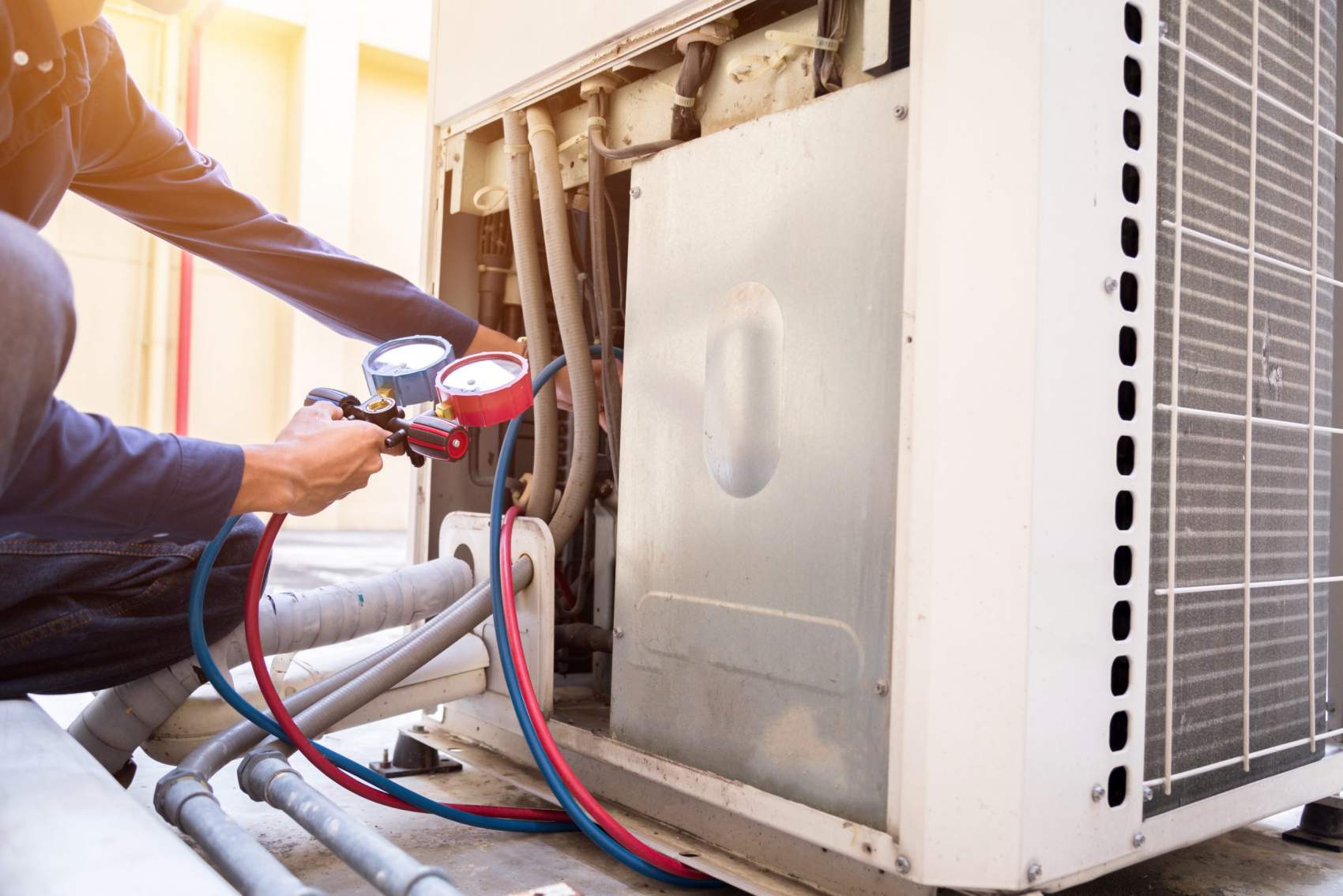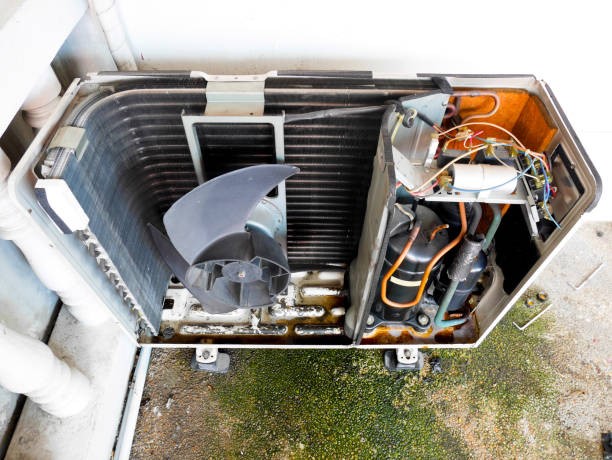When it comes to maintaining a comfortable indoor environment while keeping energy costs in check, the type of ductwork in your home plays a significant role. While often overlooked, ductwork can have a substantial impact on energy efficiency, affecting both heating and cooling bills. Understanding the dynamics of different ductwork types and their influence on energy consumption is essential for homeowners looking to optimize their HVAC systems. Let’s explore how the type of ductwork you choose can affect your energy bills.
The Role of Ductwork in HVAC Systems
Ductwork serves as the conduit for delivering heated or cooled air from your HVAC system to various rooms in your home. Inefficient or poorly designed ductwork can lead to significant energy losses, reduced system performance, and increased utility bills. Factors such as duct material, size, insulation, and layout all contribute to overall energy efficiency.
Types of Ductwork
- Metal Ducts: Commonly made of galvanized steel or aluminum, metal ducts are durable and fire-resistant. However, they can conduct heat and cold, leading to energy losses if not properly insulated. Metal ducts are typically used in commercial buildings or homes with forced-air heating systems.
- Flexible Ducts: Made of flexible plastic or metal foil, flexible ducts are easy to install and navigate around obstacles. However, they are prone to kinking or tearing, which can restrict airflow and decrease efficiency if not installed correctly. Flexible ducts are commonly used in residential applications and for connecting supply and return air ducts to HVAC equipment.
- Fiberglass Duct Board: Constructed of fiberglass insulation sandwiched between foil or vinyl facing, fiberglass duct board is lightweight and provides thermal insulation. However, it can deteriorate over time, leading to air leaks and reduced efficiency if not properly maintained. Fiberglass duct board is often used in residential applications and for insulating ducts in attics or crawl spaces.
Impact on Energy Bills
The type of ductwork in your home can significantly impact your energy bills in several ways:
- Air Leakage: Ducts that are poorly sealed or insulated can leak conditioned air into unconditioned spaces, such as attics, crawl spaces, or walls. This results in energy losses and increased heating and cooling costs as your HVAC system works harder to maintain desired temperatures.
- Duct Design: The layout and design of ductwork can affect airflow distribution and system efficiency. Properly sized and configured ducts minimize resistance to airflow, reducing energy consumption and improving overall system performance.
- Insulation Quality: Insulating ductwork helps prevent heat gain or loss during transit, ensuring that conditioned air reaches its intended destination without significant temperature fluctuations. Well-insulated ducts require less energy to maintain desired indoor temperatures, resulting in lower energy bills.
Improving Energy Efficiency
To maximize energy efficiency and minimize energy bills, consider the following tips:
Seal and Insulate Ducts: Inspect ductwork regularly for air leaks, gaps, or damaged insulation, and seal or repair as needed. Adding insulation to uninsulated ducts can further improve energy efficiency.
Optimize Duct Design: Ensure that ducts are properly sized, configured, and installed to minimize airflow restrictions and pressure losses. Consider consulting with a professional HVAC technician to assess and optimize your ductwork layout.
Upgrade to Energy-Efficient Materials: When replacing or installing ductwork, choose energy-efficient materials with proper insulation properties to reduce heat transfer and energy losses.
The type of ductwork in your home can have a significant impact on energy bills, affecting both heating and cooling costs. By understanding the dynamics of different ductwork types and implementing energy-saving measures, homeowners can optimize their HVAC systems for improved efficiency and lower energy consumption. Whether upgrading existing ductwork or installing new systems, investing in energy-efficient ductwork can lead to long-term savings and enhanced comfort in your home.


